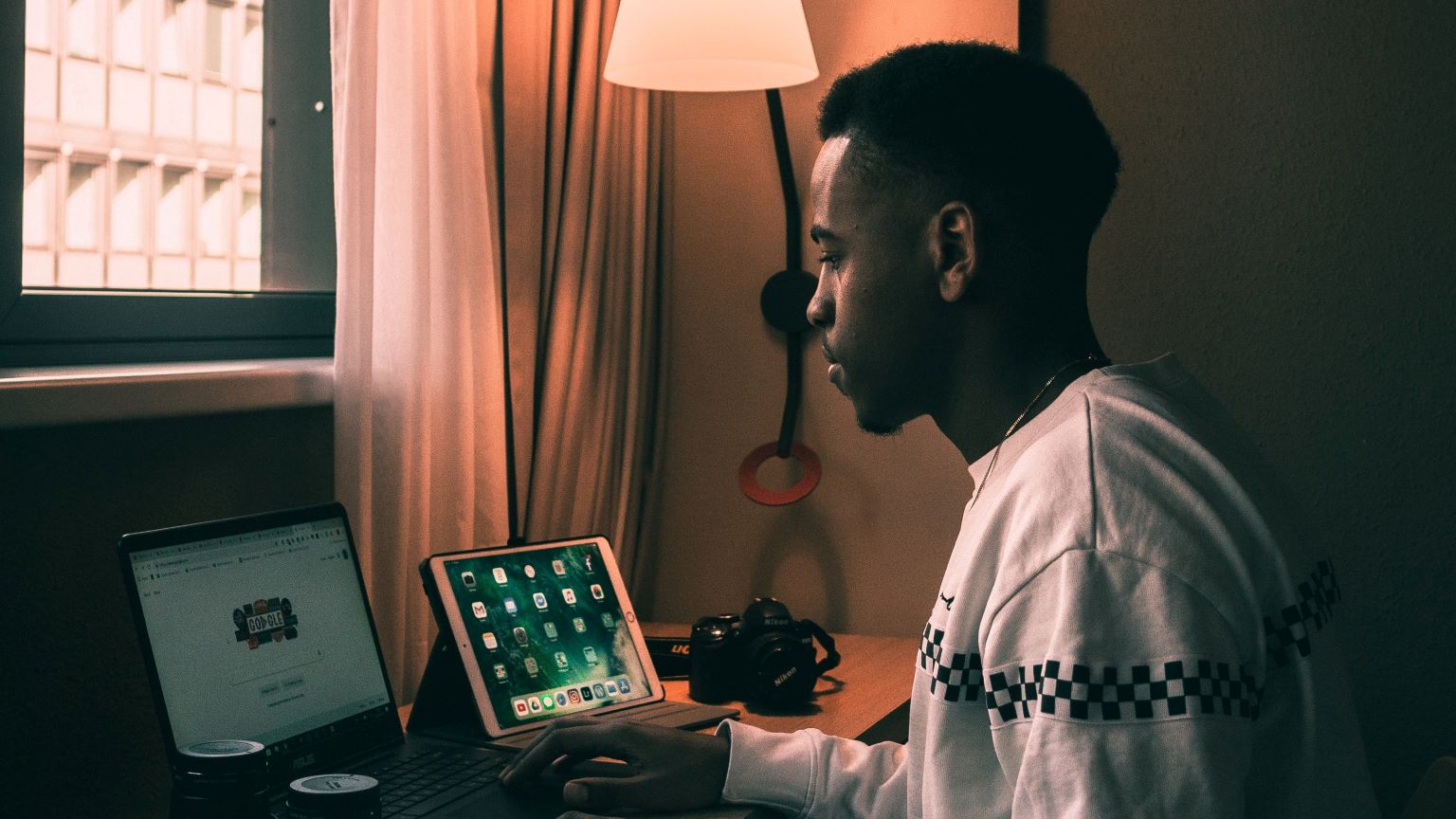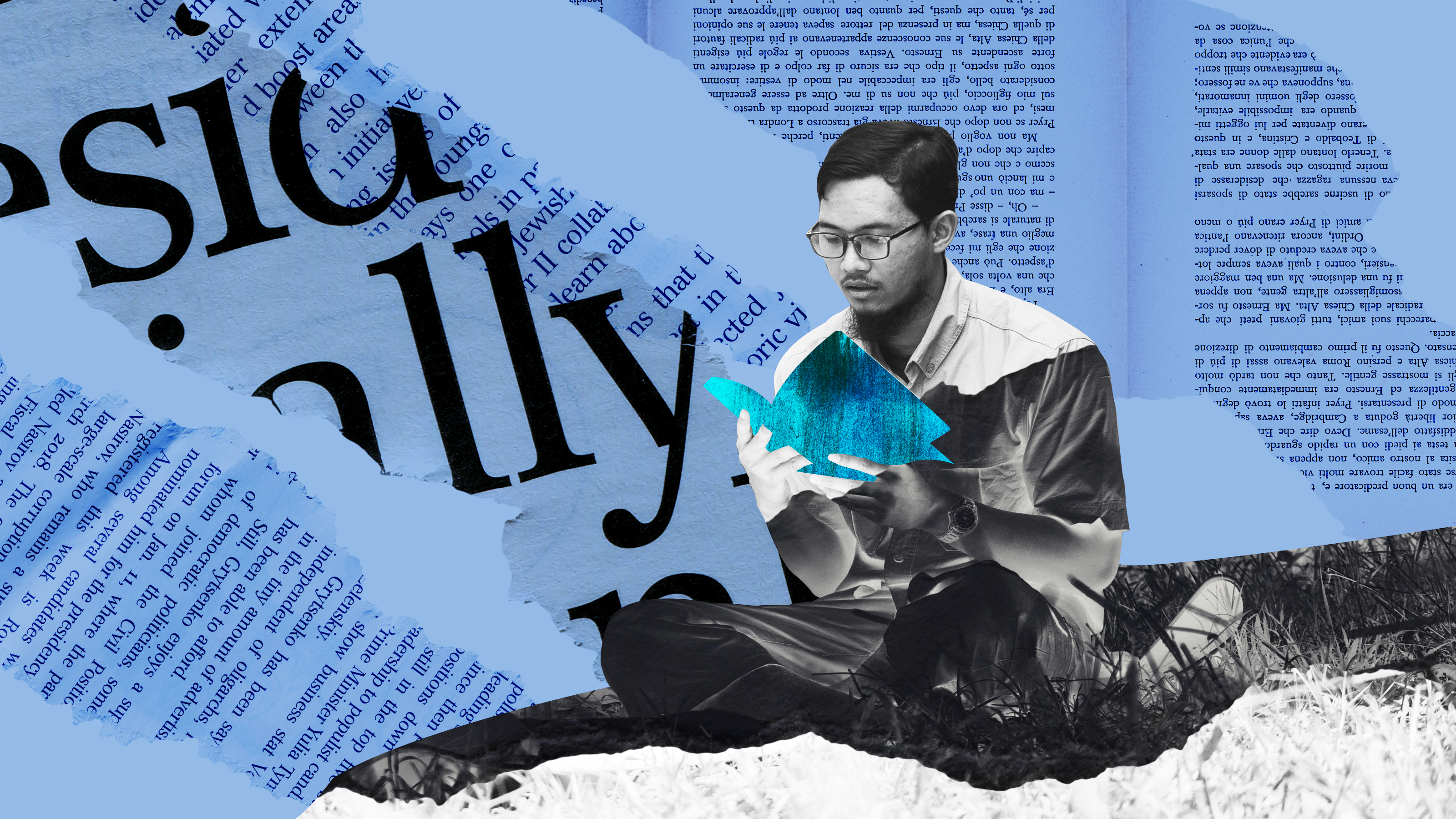Swamped by too much info? Here’s how to beat the “noise bottleneck”

- Today, we take in more information than ever before — about 34 gigabytes daily.
- Even though we're exposed to more information, our brains can only process a finite amount.
- Simple tips can help you manage the flow of information and learn more effectively.
By the time you finish reading this sentence, there will have been 300,000 Google searches. That’s a lot of people, asking a lot of mostly banal, pointless, or lurid questions. And so, it requires a lot of processing power. Google’s data centers use roughly 15.5 terawatt hours of electricity a year. To put that into perspective, that’s the same energy consumption as Paraguay. It’s the same as New York, San Francisco, and Chicago combined. When you deal with that much information, you need a lot of processing power.
It’s not just Google that has a lot to deal with. According to one study from the University of California, the average American consumes 100,000 words — from TV, radio, newspapers, music, conversation, and so on — every day. That’s 34 gigabytes of information — which is about the same as watching the Lord of the Rings trilogy, ten times, back to back.
With such a large amount of information bombarding us, it’s hard to keep up. Our attention, focus, and problem-solving abilities will slow down under the labor of having too much to do. It’s like trying to run Google search from your grandfather’s PC. This will, of course, impair functionality. And this is exactly what the “noise bottleneck” theory argues — it’s the paradoxical observation that the more we try to process, the less we actually can.
From town crier to 24/7
At the start of the 19th century, roughly half of the British population couldn’t read. This meant that the news and information you got mostly came through chatter and hearsay. There might be a “town crier” who would shout various headlines out, and sometimes you could pay to sit and listen to someone read the newspaper. But mostly, news and gossip worked hand in glove.
In the 20th century, when the vast majority of the developed world could read, people were still getting their news from one or a few sources. You’d buy a certain newspaper or settle down to watch a particular news channel you liked. Fast forward to today, and things have changed drastically. Newspapers are increasingly unpopular and unsuccessful, with many local or smaller papers closing (especially during the COVID years). Likewise, cable news channels are all finding it hard to keep their ratings — losing around a third of their viewers between 2020 and 2021.
What we have, instead, is an always-in-your-pocket, 24/7 news cycle. When you open Twitter or a news app, you’ll notice a brief moment when the “old news” is still there. In a flash, your timeline is refreshed, and the ancient history of a few hours ago is swept away for the next “breaking news” or tweet of the minute. Every second, we are presented with new information. Every day, we have “five essential articles to read.” It’s relentless, but you better keep up.
You are not Sherlock Holmes
In his book, Antifragile, Nassim Nicholas Taleb introduced the world to the phrase, “noise bottleneck.” A noise bottleneck is where we are overwhelmed with so much information (or noise), that our cognitive abilities can’t keep up. Our brains have limited resources, spread across numerous functions. So, while our brain can read five articles a day, and while our attention can watch four hours of TED talks, our long-term learning processes can’t. We simply don’t retain the information we read, or we zone out five minutes into a video.
The matter is made worse by our modern addiction to “multitasking” which is, more often than not, simply a euphemism for divided attention. We flit between tabs, we watch TV holding our phones, and we listen to a podcast, at double speed, while shopping. The problem is that the idea of the super-productive multitasker is a myth. The cognitive scientist, Harold Pashler showed that there is “extensive evidence for a central bottleneck in dual task performance.” While research by Ruthruff et al. suggests that the human brain might have “structural limitation inherent in the cognitive architecture” which causes the “slowing down that occurs when two tasks are performed at the same time”.
In short, your brain is not as good as you think it is. You are not Sherlock Holmes during a time-lapse, brainstorming montage. You are not a Google data centre. You are a human being who can only take in so much a day.
Ways to beat the bottleneck
Understanding the noise bottleneck allows us to fix it. So, here are three tips to get you going:
Curate your content — set up a new account on social media and follow only accounts or people you think are really valuable. Be brutal and pick only the content which enriches you. It’s healthier to have a few wholesome meals that fill you up, than gorging on fast food throughout the day.
Single-task — you don’t need to ditch the phone but do ditch the distractions. Give yourself a time limit or restriction if it helps. Say, “I will only use this app for 20 minutes” or “I will only read this magazine after dinner.” Multitasking is for show; single-tasking is for pros.
Accept your limits — you’ll never read all the news. You’ll never read all the “must-read” articles. Accept you can only choose two or three and embrace that fact. Don’t beat yourself up that you’re being unproductive or you’re missing out. You’re getting more out of those few than that “super-productive” person on Twitter who says they read five books a week.
After all, it’s better to have a little remembered, than a lot forgotten.





